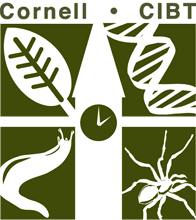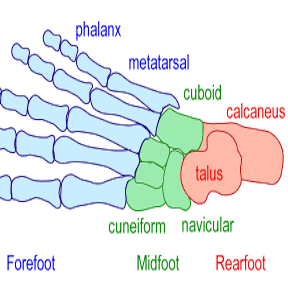Labs & Activities
Labs & Activities
Thanks to generous support from the Howard Hughes Medical Institute, the National Science Foundation and the Cornell Biotechnology Program, CIBT has developed over 100 labs and classroom activities. Our materials have been developed through partnerships between science faculty and classroom teachers. Many of the labs require little equipment and elaborate supplies, while others are time and equipment intensive. Many of the labs are now kits that are made available to CIBT alumni teachers. For kits, see the Equipment Lending Library.
CIBT labs contain two sections. The first is a teacher section with extensive background information, suggestions for time management of the lab and lists of needed reagents and materials. The following section is for distribution to the students. It contains relevant background and data collection sheets.
All of our labs and classroom activities are available for download at no charge!
Show:

Abuse-a-Cyst- University of Utah
Brine shrimp populations survive in some of the harshest environments. Subject brine shrimp cysts to extreme conditions then try to hatch them to see just how tough they are! Downloads Abuse a Cyst Lab (University of Utah)
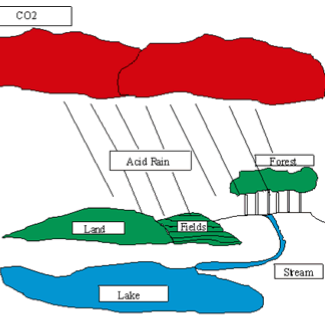
Acid Rain Lab- Katherine Betrus Derrico
Students will design and conduct an experiment to test the effect of acid rain on the germination of seeds. They will utilize the data from their experiment to explain their conclusions, and also read a passage on acid rain. Downloads Acid Rain Lab Rubric (Katherine Betrus Derrico) Acid Rain Lab... read more of the article entitled "Acid Rain Lab- Katherine Betrus Derrico"

Battle-jar Galactica- Matt Downing
In this investigation students will study the types of bacteria that grow during the formation of sauerkraut, identify some characteristics of each, as well as research the type of respiratory pathway used by the organisms to break down the cabbage to get their energy. Downloads pH Questions (Matt Downing) Bacteria... read more of the article entitled "Battle-jar Galactica- Matt Downing"

Becoming a Plant
Students will plant seeds at various depths in the soil and make observations after seedlings emerge. Based on their observations, students will decide what measurements could be made. They will make these measurements and look for an explanation for differences in their measurements. They will write a hypothesis that describes... read more of the article entitled "Becoming a Plant"
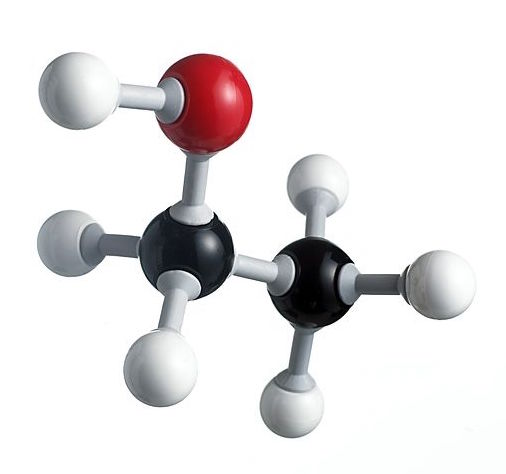
Biological Shapes
Remember the old salad dressing commercial tag line “…because oil and vinegar don’t mix!” Water has that same love/hate relationship with many other molecules. Through this series of lessons, students will learn about the properties that make other molecules “love” or “hate” water. They will also begin to build a... read more of the article entitled "Biological Shapes"
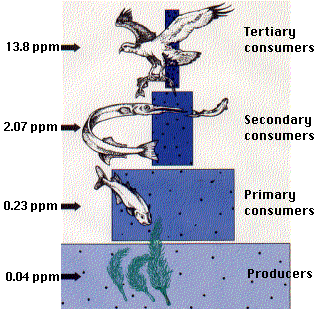
Biomagnification Lab- Todd Shuskey
This lab demonstrates how contaminants can accumulate in organisms within a food web by using paper cutouts and M&M®s candies to simulate fish, osprey, and DDT. Students can see how the contamination levels increase as the trophic level increases. Downloads Biomagnification Lab Pictures (in color) Biomagnification Lab Pictures (in black and... read more of the article entitled "Biomagnification Lab- Todd Shuskey"
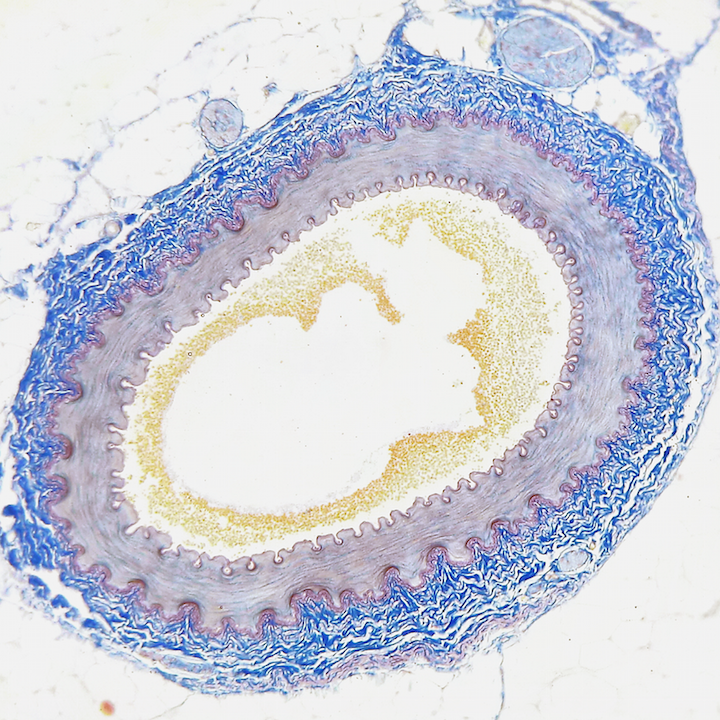
Blood Vessel Physiology
This lab investigates the physical mechanisms by which our blood vessels function in allowing the circulatory system to do its job. Blood vessels are not simply rigid tubes that conduct blood to our tissues like copper pipes carrying water to our houses, nor are they infinitely extensible balloons that can... read more of the article entitled "Blood Vessel Physiology"
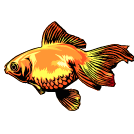
Bottle Ecosystem- Tim Downs
The objective of this lab is to put together a suitable habitat (ecosystem) that will allow one or two guppies to survive to the end of the school year and beyond. Students will make observations of their ecosystems for the three weeks. The ecosystem in this experiment will be closed,... read more of the article entitled "Bottle Ecosystem- Tim Downs"
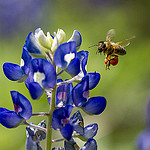
Bouquet of Flowers
This series of four different lab activities all relate to flower reproduction. They have been designed to relate to each other and to stand alone. Name that Pollinator focuses on adaptations for successful pollination. Both pollen and pollen vectors are examined. Observing, data gathering, making measurements through the microscope, and... read more of the article entitled "Bouquet of Flowers"
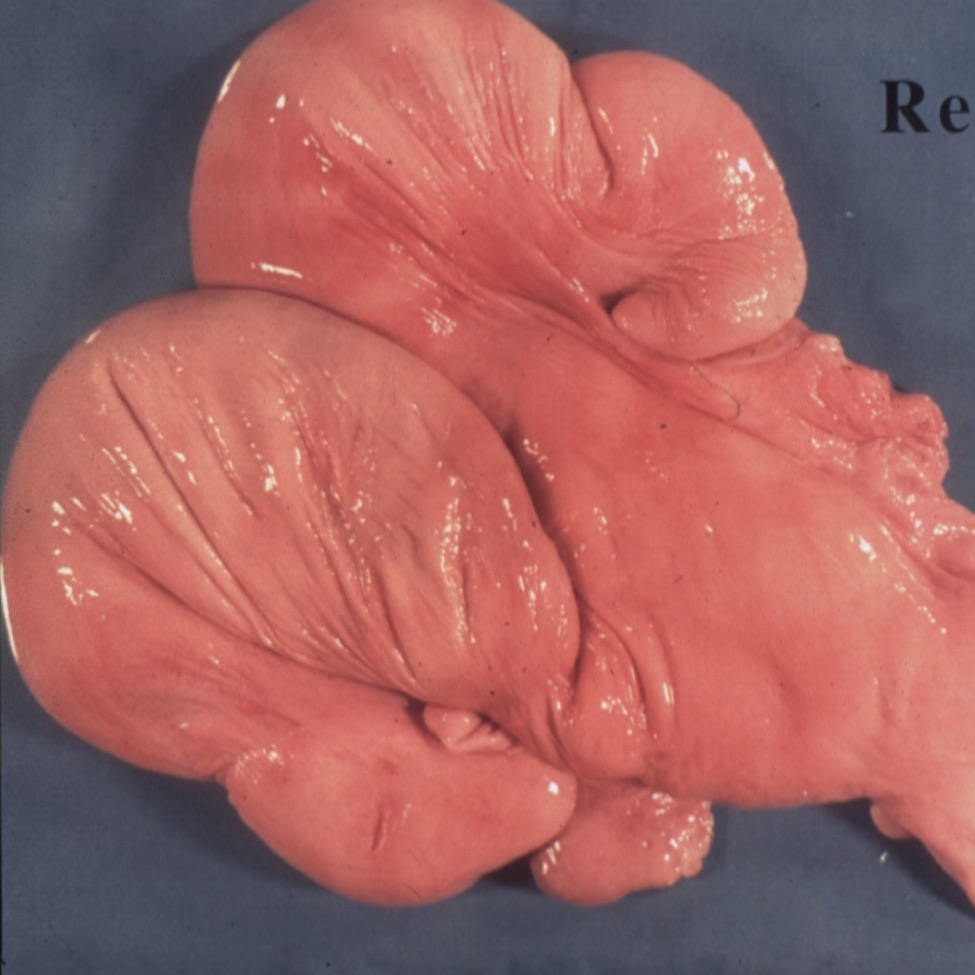
Bovine Uterus Dissection
The instructor will dissect an early to mid-pregnant bovine reproductive tract. Data on crown rump length and fetal mass can then be collected for use with CIBT’s Fetal Development Lab. Some appreciation of the form and function of the various organs should be developed by students. This exercise will also... read more of the article entitled "Bovine Uterus Dissection"
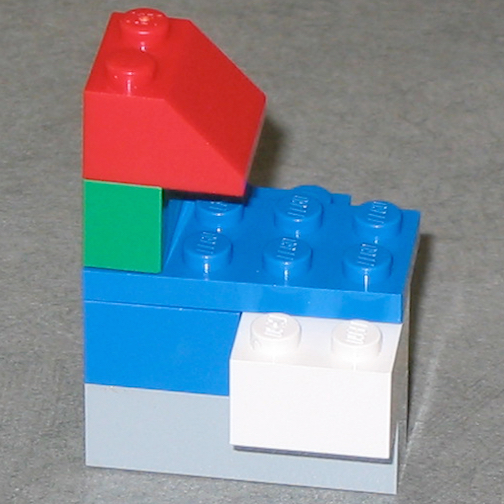
Building Blocks of Life
The shape of a protein determines its function. In this lab, students will be given a hypothetical DNA sequence for part of an enzyme. Using the Universal Genetic Code, they will then determine the amino acid sequence coded for by the DNA. Students will examine a “substrate” and predict the... read more of the article entitled "Building Blocks of Life"

Case of the Missing Diamond Maker
Students will learn about some of the techniques of forensic science. They will use fingerprinting, chromatography, and chemistry to gather and analyze evidence left behind at a crime scene. Students will exercise deductive reasoning to evaluate the evidence and determine the criminal’s identity. CIBT has prepared a Missing Diamond Maker... read more of the article entitled "Case of the Missing Diamond Maker"
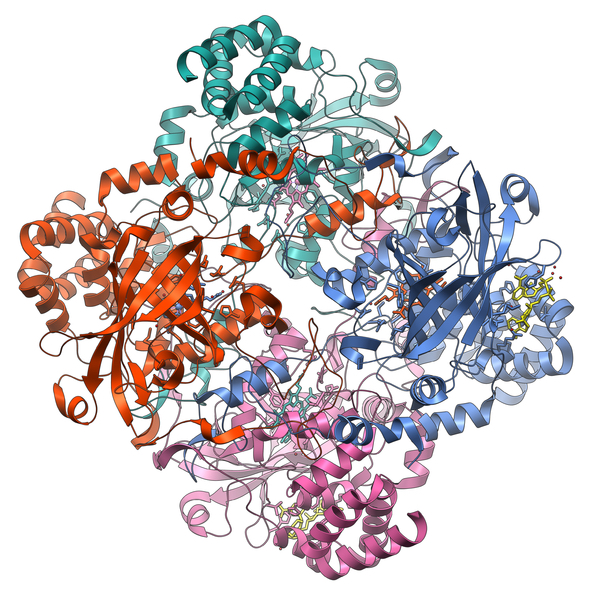
Catalase
The structure and function of enzymes is a central theme in cellular and molecular biology. In this laboratory exercise, a crude cell extract is prepared from potatoes. Activity of the enzyme, catalase [which catalyzes the reaction 2H2O2(l) → 2H2O(l) + O2(g)], is then studied using a simple assay for O2. To... read more of the article entitled "Catalase"

Comparative Skulls
What can a skull tell you? A lot! If you look at a skull for clues about its origin, not only can you identify what species it might be from, but you can learn many details about the original animal. In this lab, students will determine what clues to analyze in... read more of the article entitled "Comparative Skulls"
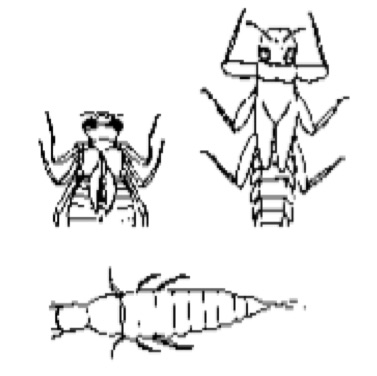
Comparing Aquatic Communities
Teams of students measure physical and chemical characteristics of different sites in streams and/or ponds and collect benthic invertebrate organisms. They interpret patterns in the structure of the biological community at each site in light of the abiotic (physical and chemical) and biotic nature of the environment. Downloads Comparing Aquatic... read more of the article entitled "Comparing Aquatic Communities"

Diffusion
This lab uses two different sizes of dialysis tubing to represent cellular and organelle membranes. Students design experiments in which they place solutions of iodine, starch, and glucose on different sides of a membrane. The movement of these materials is monitored with the use of indicator solutions. Students are given... read more of the article entitled "Diffusion"
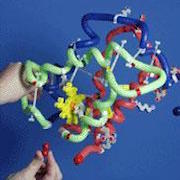
DNA Molecule Activity
This lab activity corresponds to CIBT’s DNA Molecule Model. Downloads DNA Molecule HS Student Edition (CIBT) DNA Molecule MS Student Edition (CIBT) DNA Molecule Post-Lab Questions (CIBT) Watson & Crick Reading (CIBT) Watson&Crick Reading Qs Student Edition (CIBT) Watson&Crick Reading Qs Teacher Edition (CIBT) DNA Blankenship Notes (CIBT)
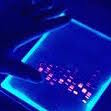
DNA Profiling
This lab was designed to complement CIBT’s DNA Gel Electrophoresis kit. Students will cut DNA with restriction enzymes. The DNA fragments will be separated electrophoretically on an agarose gel. The results will simulate a DNA profile. Students can learn how this type of evidence is prepared and interpreted. Downloads DNA Profiling Teacher... read more of the article entitled "DNA Profiling"
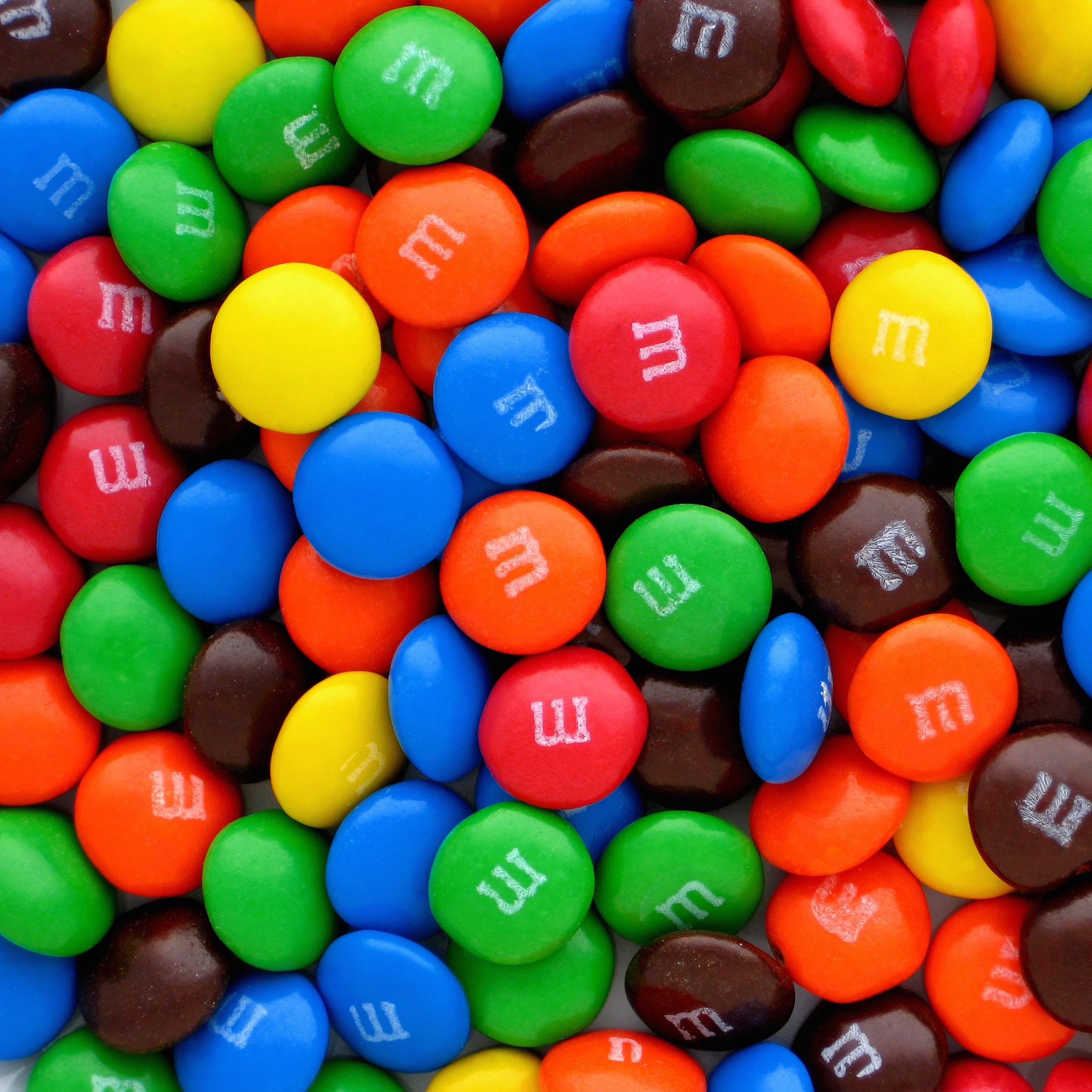
Easy Stats Lab
Downloads Easy Stats Intro Activity (CIBT) Easy Stats Lab (CIBT) Easy Stats Data Table (CIBT) Easy Stats Post-Lab Questions (CIBT)
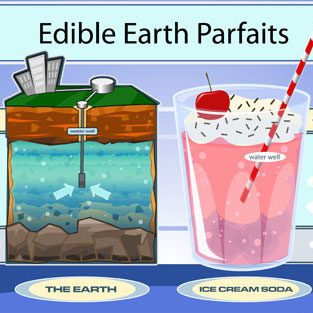
Edible Earth Parfaits- Groundwater Foundation
This activity uses soda, ice cream, sprinkles, colored sugars, and food coloring to represent the layers of Earth and aquifers under the surface. Students are instructed to “drill a well” with a straw and “pump the well” by sucking on the straw, as they watch the decline in the water... read more of the article entitled "Edible Earth Parfaits- Groundwater Foundation"
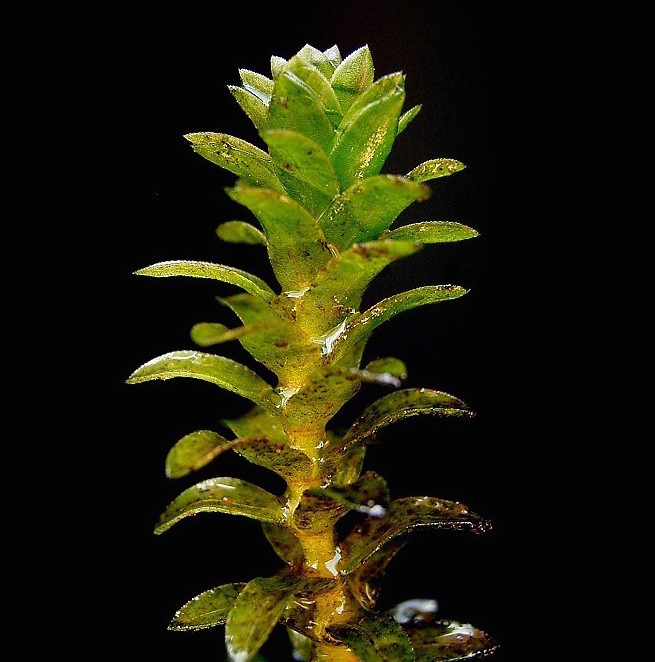
Elodea
This lab involves the qualitative measurement of the changes in carbon dioxide concentration associated with respiration and photosynthesis in the freshwater plant Elodea. Bromthymol blue is used as an indicator for the presence of CO2 in solution. When CO2 dissolves in water, carbonic acid is formed. A bromthymol blue solution, acidified... read more of the article entitled "Elodea"
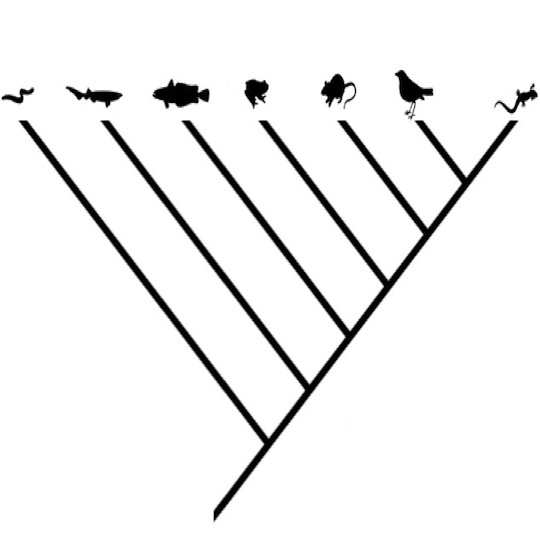
Evolving Trees
This exercise introduces the basic methods of phylogenetic analysis. Students are asked to hypothesize the evolutionary relationships of groups of organisms based on traits, and to become familiar with the methods for building evolutionary trees using the basic principles of taxonomy and classification. Downloads Evolving Trees (Teacher Edition) Evolving Trees... read more of the article entitled "Evolving Trees"
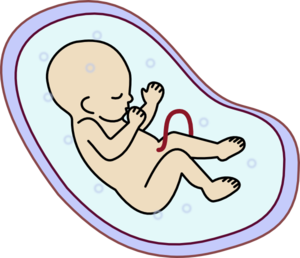
Fetal Development
Students will measure pictures of developing cow embryos, or use data from the pregnant bovine uterus dissection, to generate size data. Then they will interpret data from graphs to determine age and mass. Students will compare changes of mass during fetal development with changes in size. Finally, students will contrast developmental... read more of the article entitled "Fetal Development"
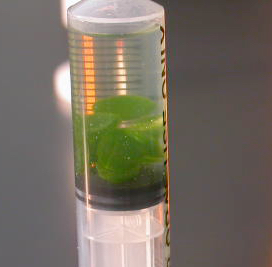
Floating Leaf Disk- Brad Williamson
This lab tangibly demonstrates the abstract concept of photosynthesis to students. Normally, disks punched out of leaves (with a hole punch) would float. When the air spaces are infiltrated with a sodium bicarbonate solution, the overall density of the leaf disks increase and they sink. Bicarbonate ion serves as the... read more of the article entitled "Floating Leaf Disk- Brad Williamson"
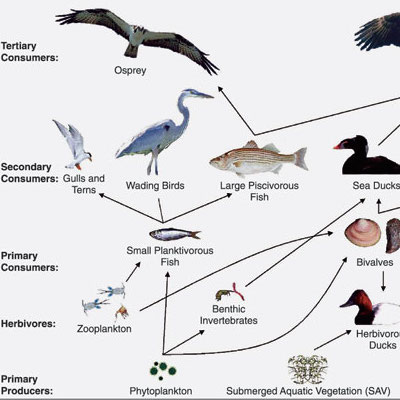
Food Chain Game- Delta Education
In this activity, students investigate food chains by assuming the roles of animals that are part of a food chain. Downloads
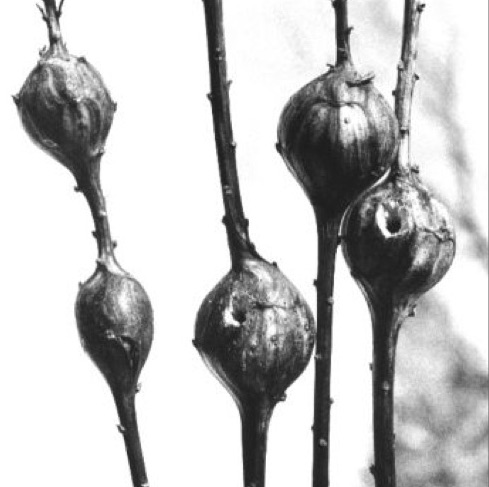
Goldenrod Galls
This investigation examines natural selection and coevolution using goldenrod (Solidago canadensis), its stem gall insect (Eurosta solidaginis), and associated parasites, parasitoids, and predators that feed upon the stem gall insect (i.e., Eurytoma obtusiventris, Eurytoma gigantea, Mordellistena unicolor, and birds). Through measurements of gall size and an investigation of events occurring... read more of the article entitled "Goldenrod Galls"
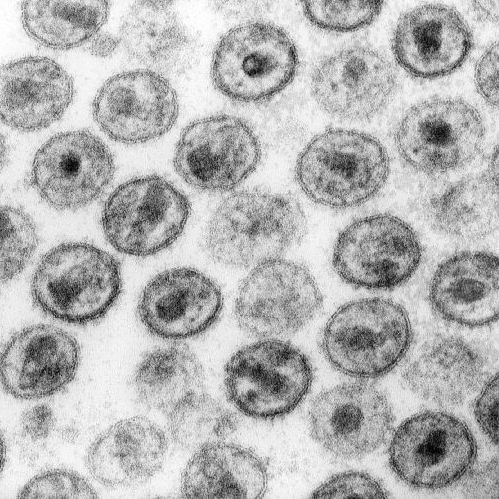
HIV Transmission
“This is the best way I can imagine to introduce such a sensitive/vital issue in a non-embarrassing way and still get the message across: the HIV virus is transmitted by sharing body fluids, there are specific high risk behaviors, and what you choose to do is the greatest determining factor... read more of the article entitled "HIV Transmission"
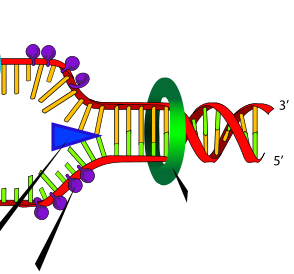
How Many CATs
In this paper simulation, students will “cut” DNA samples from a mother, a baby, a husband, and a rape suspect using a “restriction endonuclease.” They will then “run” the DNA fragments on a “gel” to simulate the process of electrophoresis. A fluorescent probe is then washed over the gel. Finally,... read more of the article entitled "How Many CATs"
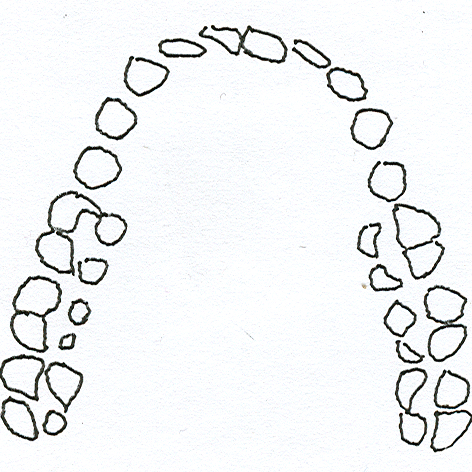
I’ll Have a Bite! – Greg Panzanaro
This lab was designed by one of our alumni teachers to complement CIBT’s Forensics Odontology kit. Downloads I’ll Have A Bite (Greg Panzanaro)
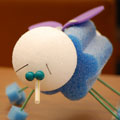
Insect GENEration
Students build a model insect based upon genetic information provided to them in the lab directions. Gene forms (alleles) contributed by each parent are determined by tossing a coin with one side representing the dominant form of the gene and the other side representing the recessive form. Student teams record... read more of the article entitled "Insect GENEration"
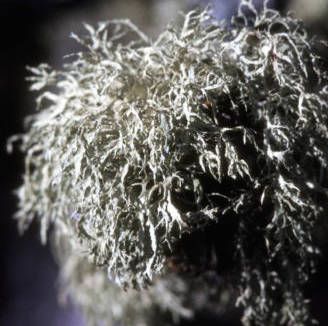
Lichens on Tree Trunks- Scott LaGreca
Students will learn to recognize moss and lichens, identify various trees, record observations using a mapping technique, use a compass, and think about the conditions mosses and lichens need to grow. They will identify and mark trees with mosses and lichens growing on their trunks, and try to figure out... read more of the article entitled "Lichens on Tree Trunks- Scott LaGreca"
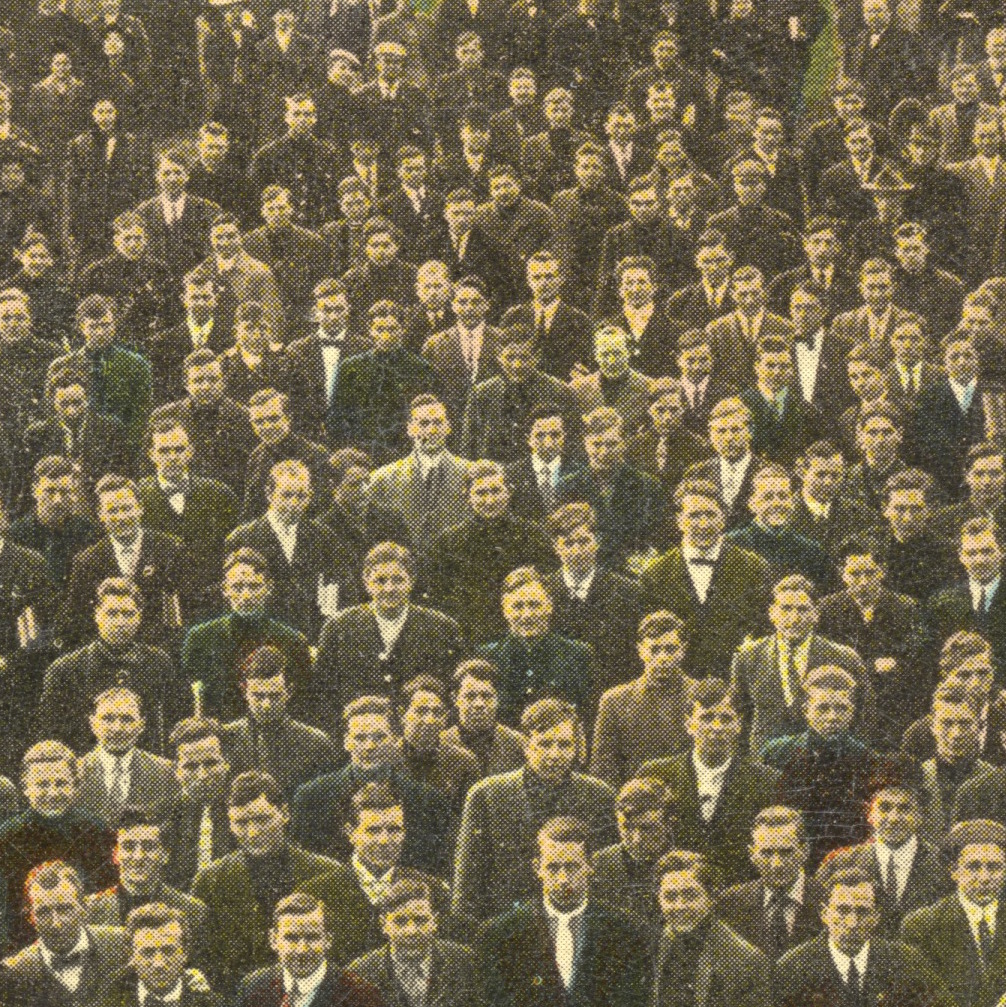
Mark-Recapture- Nancy Wright
This lab presents a popular method often used to estimate the population size of a single species of highly mobile animals, such as insects or vertebrates. Students use other students in the school as their population and the Lincoln-Peterson method to determine population size. “Real ecologists” also use this method... read more of the article entitled "Mark-Recapture- Nancy Wright"
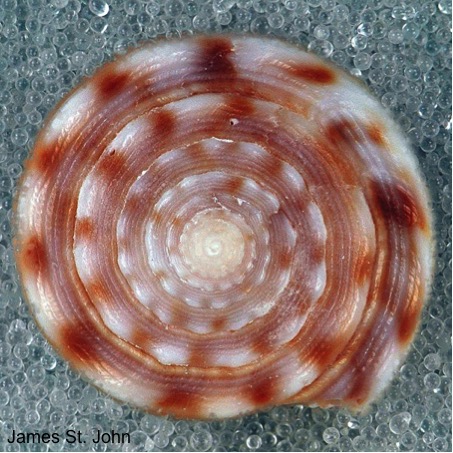
Medical Importance of Biodiversity- Mary Keymel
Students assume the role of an ethnobotanist for a start-up pharmaceutical company, who is about to journey to the rainforest, coral reef, or another natural source of medicine in the world. Their mission is to catalog 1 plant or animal species that may be useful to medical research. They will... read more of the article entitled "Medical Importance of Biodiversity- Mary Keymel"
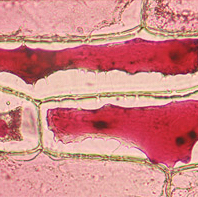
Microscopy and Cell Biology
Students will identify the parts of a microscope. Students will observe, manipulate, write and memorize. Students will also compute total magnification of the objective lenses. The lab can be modified to suit higher grade levels using the attached handouts for various observation stations. Downloads Pollen Station Red Onion Cell Station... read more of the article entitled "Microscopy and Cell Biology"

Mollusk Dichotomous Key
In this lab, students will be introduced to the concept of a dichotomous key through the use of preliminary activities modeled by the teacher. They will then learn about the ecology and biology of selected marine mollusks, before putting their dichotomous key reading skills to the test on 8 or... read more of the article entitled "Mollusk Dichotomous Key"
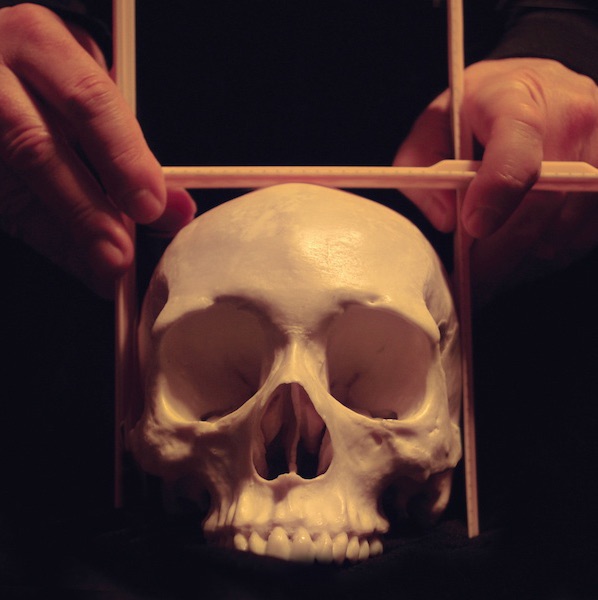
Mystery of the (Hominin) Skulls
In this laboratory activity students will examine nine hominin skulls for specialized features and take measurements that will enable them to determine the relatedness of these species. They will identify the placement of each specimen on a phylogenetic tree that also reveals the geological time frame in which each species... read more of the article entitled "Mystery of the (Hominin) Skulls"

Oh Deer- Project WILD
Students simulate a deer population and its “limiting factors” of water, food, and shelter, which are represented by strips of colored paper. “Deer” who are unable to find a match for their limiting factor do not survive the round, and instead becoming limiting factors. The data is collected and graphed,... read more of the article entitled "Oh Deer- Project WILD"
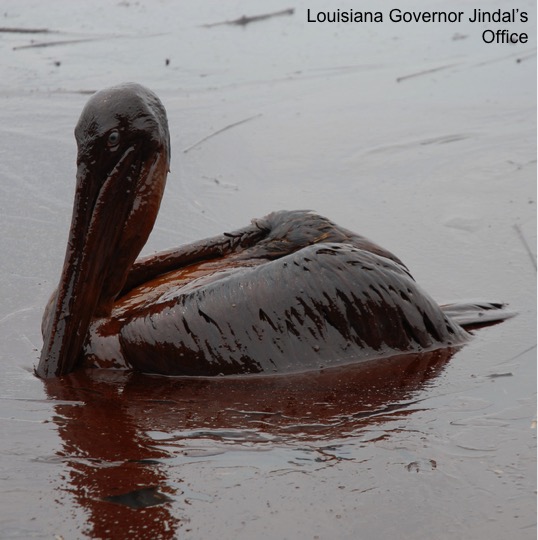
Oil Spills Lab- Kristen Pizarro
This activity, used as a 7th grade science laboratory final exam, comes in three sections. Students will first model an oil spill and test materials for cleaning it up. This experiment will help them understand why it is such a difficult task. Next they will examine data about the effects... read more of the article entitled "Oil Spills Lab- Kristen Pizarro"

Phoot Lab
In this lab students will investigate the application of physical principles to a living organism. Students will analyze the foot and its function as a machine by applying lever mechanics to the “walking” foot. Analysis will incorporate anatomical terms for some of the muscles and bones involved in plantigrade motion.... read more of the article entitled "Phoot Lab"

Plant Game
This exercise helps students think about how plants grow in a fun and enticing manner. Teams of students “grow a plant” composed of “leaves,” “roots,” and “flowers.” The goal of the game is to produce a maximum number of flowers, which is possible only if the students have a good strategy to... read more of the article entitled "Plant Game"
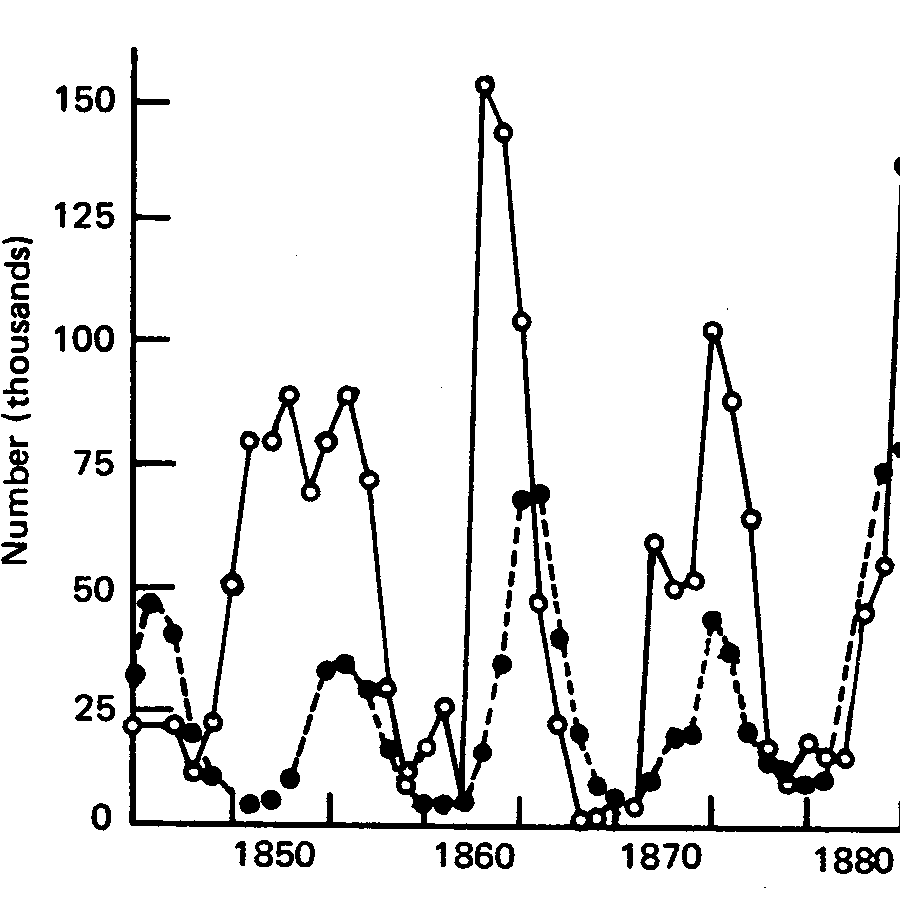
Predator-Prey Population Oscillation- Bridget Henshaw
This activity introduces students to the oscillating relationship between predator and prey population sizes. Students manipulate small “creatures” (anything from gummy worms to animal crackers to plastic animals) with differing numbers of predators/prey and calculate population changes between rounds of predation. Data is graphed in Excel at the end. Downloads... read more of the article entitled "Predator-Prey Population Oscillation- Bridget Henshaw"
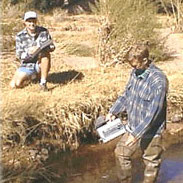
Primary Productivity Lab- modified by Sean McGlynn
Students will use LaMotte Test Kits to determine the concentration of dissolved oxygen (DO) in various water samples. The process involves adding some chemicals to the water to “fix” the free oxygen (O2). Once the O2 is fixed, they will add an acid powder, some starch, and titrate to determine... read more of the article entitled "Primary Productivity Lab- modified by Sean McGlynn"
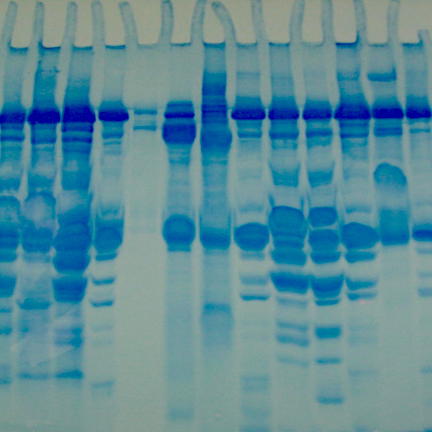
Protein Gel Electrophoresis
Students will separate a mixture of proteins from skeletal muscle using SDS polyacrylamide gel electrophoresis (PAGE). PAGE is a powerful analytical technique having numerous applications in modern biology. Evidence for evolutionary relatedness amongst organisms can be determined using this technique. Suggested organisms to compare include various fishes, mammals, poultry and/or... read more of the article entitled "Protein Gel Electrophoresis"
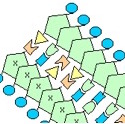
Protein Synthesis and Words- Comet
mRNA is genetic information found in the nucleus of cells. Protein synthesis occurs in ribosomes found in the cytoplasm and on rough endoplasmic reticulum. If protein is to be synthesized, then the genetic information in the nucleus must be transferred to these ribosomes. This is done by mRNA (messenger ribonucleic... read more of the article entitled "Protein Synthesis and Words- Comet"
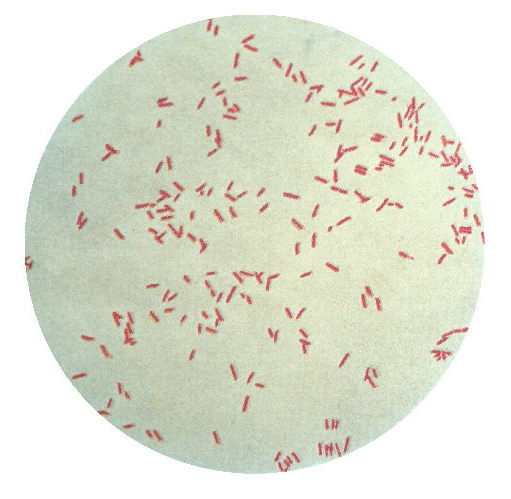
Pseudomonas Labs
Module 1: This classroom activity demonstrates interactions between plants and specific strains of Pseudomonas (a plant-pathogenic bacteria). Students will design an experiment that demonstrates the specificity of the hypersensitive response. This serves as a starting point to learn the importance of model systems through comparisons of two pathogens. Both Pseudomonas,... read more of the article entitled "Pseudomonas Labs"
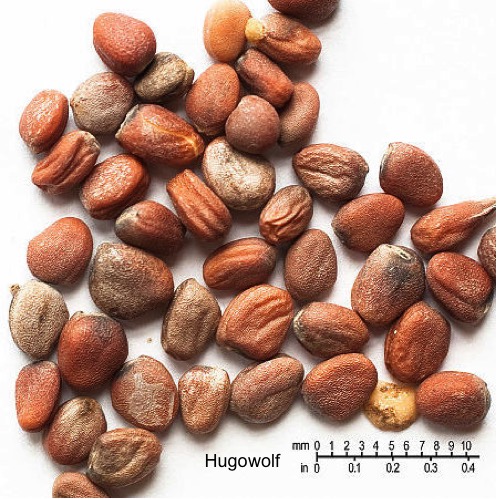
Radish Seed Lab- Chris Courtsunis
This laboratory activity will test the effects of various household chemicals on the germination and growth of radish seeds in the lab. Downloads Radish Seed Lab (Chris Courtsunis) Radish Seed Lab Rubrics (Chris Courtsunis)
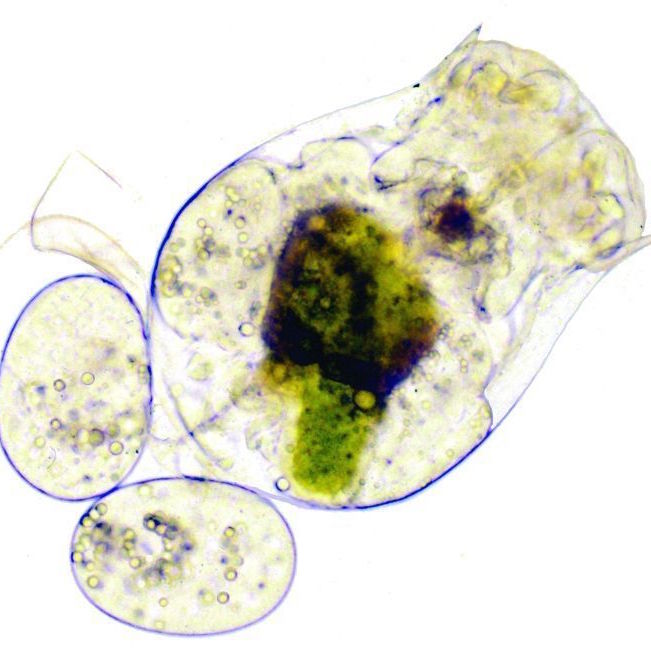
Rotifers Lab- Beth Chagrasulis
These instructions detail how to collect bdelloid rotifers from moss, extract them, and view them under a microscope along with protozoa, nematodes, and tardigrades that also live in moss. Download Rotifer Article (Beth Chagrasulis) Rotifer & Tardigrade Collecting (Beth Chagrasulis)
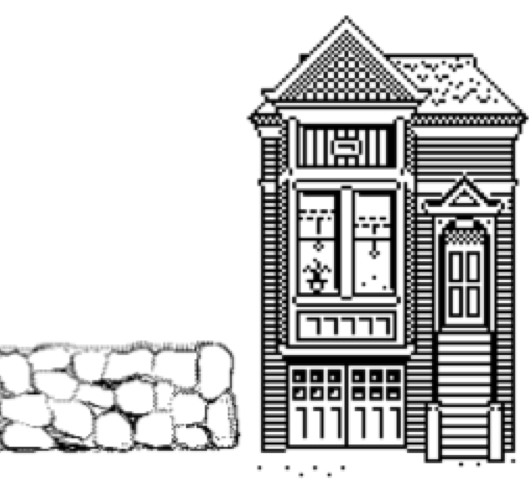
Shake and Break: An Earthquake Simulation
An earthquake simulator, or seismic table is constructed and then used to test the structural soundness of several types of student built houses. Several different construction materials are used to demonstrate what type best survives an earthquake. Two different geological foundations, bedrock and water-saturated sand, are tested to show the... read more of the article entitled "Shake and Break: An Earthquake Simulation"
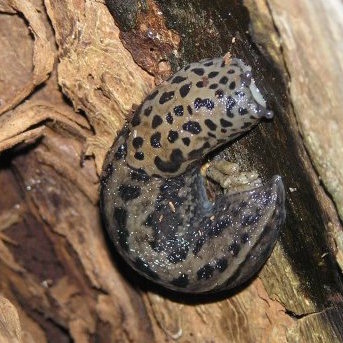
Slug Lab
Students will investigate the food preferences of garden slugs (Arion subfuscus) using simple equipment including margarine tubs, graph paper, scissors, and common plants, both wild and cultivated. The exercise is genuine scientific research in that: a) the student devises his/her own “research question” about slug feeding behavior, and b) the... read more of the article entitled "Slug Lab"

Soft Rot
Students will investigate the bacteria (plant pathogens) that cause soft rot on grocery produce (that mushy mess you often see on vegetables). By bringing some of this rotting produce from the store back to the lab students can isolate bacteria that are responsible for the disease (and sometimes yeasts, other... read more of the article entitled "Soft Rot"

Spice Lab
Downloads Spice Lab (Student Edition) Spice Lab (Teacher Edition) Supplemental Reading: Why Cilantro Tastes Like Soap, for Some Supplemental Reading: Why 10% of the Population Hates Cilantro Supplemental Reading: Antimicrobial Functions of Spices
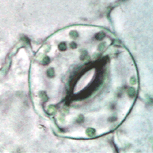
Stomata Safari- Carolyn Wilczynski
On a “stomata safari,” students will view and compare the number and location of stomata from leaves of several species of plants. Once they have learned how to sample stomata, they will be able to investigate how plants distribute their stomata depending on the environment. Downloads Stomata Safari Lab (Carolyn... read more of the article entitled "Stomata Safari- Carolyn Wilczynski"
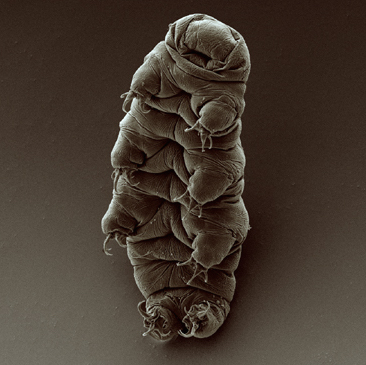
Tardigrade Lab
Downloads Students will explore the microscopic world found living on lichens and mosses. Using a simple collection and extraction process, students will observe extremophiles called tardigrades. This lab includes a reading activity with questions as well as an anticipation guide handout for use with a YouTube video Tardigrade Lab (Student... read more of the article entitled "Tardigrade Lab"
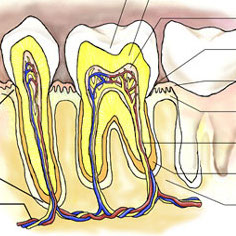
Teeth Unit
Students will investigate the characteristics of teeth and what teeth can tell about an animal’s lifestyle: Students will sort and categorize 10 to 12 teeth. Given information about what canines, incisors and molars are, students will identify which teeth are which and why. They will predict which teeth came from... read more of the article entitled "Teeth Unit"
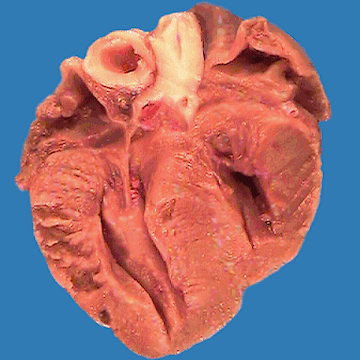
Tell-Tale Heart
“The Tell Tale Heart” is an activity during which students familiarize themselves with the structure of the heart through a dissection. They locate the atria, ventricles, and major blood vessels. Through “surgical” procedures, students perform coronary bypass surgery and correct patent ductus arteriosus. Human and dog hearts are compared in terms... read more of the article entitled "Tell-Tale Heart"
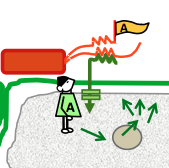
Vegevaders- PPI
Playing this game allows students to experience through game-play the continuing co-evolution between plants and their microbial pathogens that occurs during the battle to detect/defend (plants) versus evade/invade (pathogens). This battle is ongoing in nature over evolutionary time and observable in agricultural fields from one season to another, where crop... read more of the article entitled "Vegevaders- PPI"
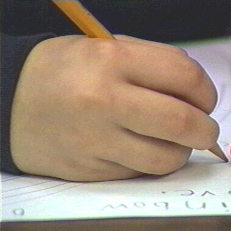
Vocabulary and Story Writing- Karen Cook
The RAFT strategy (Santa, 1988) employs writing-to-learn activities to enhance understanding of informational text. Instead of writing a traditional essay explaining a concept learner, students demonstrate their understanding in a nontraditional format. This technique encourages creative thinking and motivates students to reflect in unusual ways about concepts they have read.... read more of the article entitled "Vocabulary and Story Writing- Karen Cook"
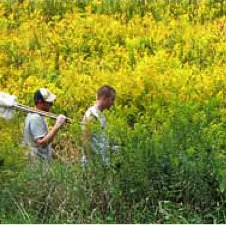
Web of Gold Activity- Robert Raguso
“Web of Gold” uses common autumn wildflowers to explore the hidden lessons of food webs. Different insects visit flowers in search of different resources, in varying levels of abundance. Students will observe visitors to a flower (or area of flowers) and record their species and abundance. Older students can explore... read more of the article entitled "Web of Gold Activity- Robert Raguso"
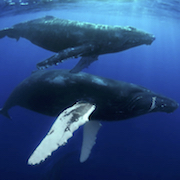
Whales
The Whale Kit full teachers’ manual provided below contains background information, handouts, games, and laboratory exercises related to all aspects of whale biology, from the massive blue whale to the smallest harbor porpoise. Students will explore anatomy, evolution, feeding strategies, migration, communication, behavior, conservation, and cultural whale tales. Kit activities target elementary and middle school ocean science... read more of the article entitled "Whales"
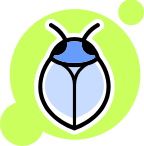
Wolbachia
Lab 1 Goal: To introduce students to the incredible diversity and abundance of insects and to prepare specimens for DNA analysis. Upon completion of this activity, students will: Describe the diversity of insects collected in one location. Identify insects using taxonomic classification. Sort insects into “morphospecies” – similar looking species.... read more of the article entitled "Wolbachia"

World of Crickets
“The World of Crickets” is a series of lab activities involving live crickets kept in the classroom that can be modified to suit students of all ages. Lab 4 is best suited for older students, as it requires experimental design and execution. Lab 1: What Do Crickets Eat? Students will... read more of the article entitled "World of Crickets"

